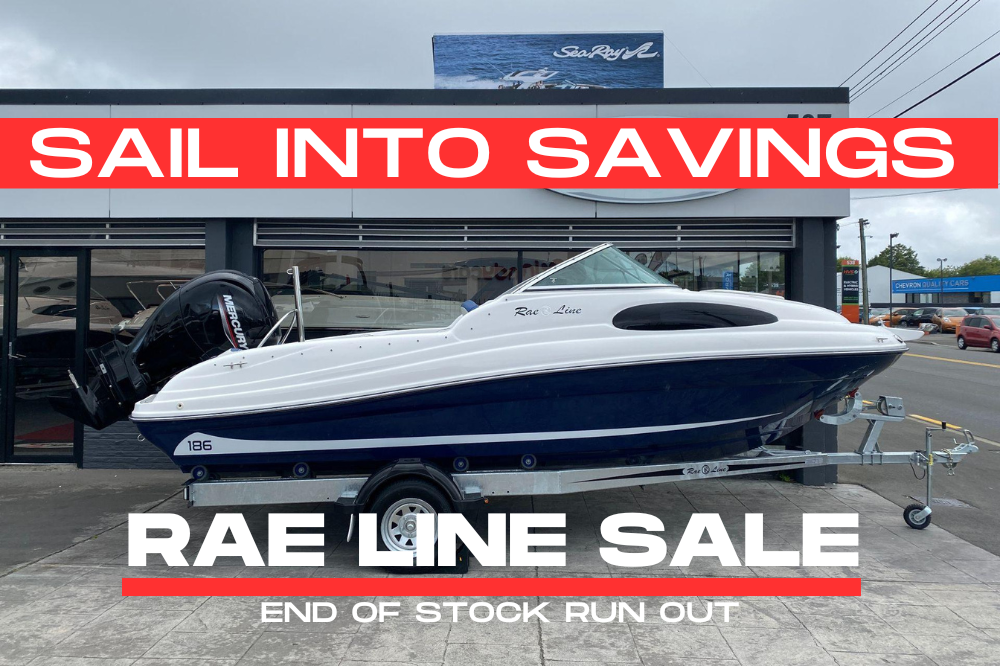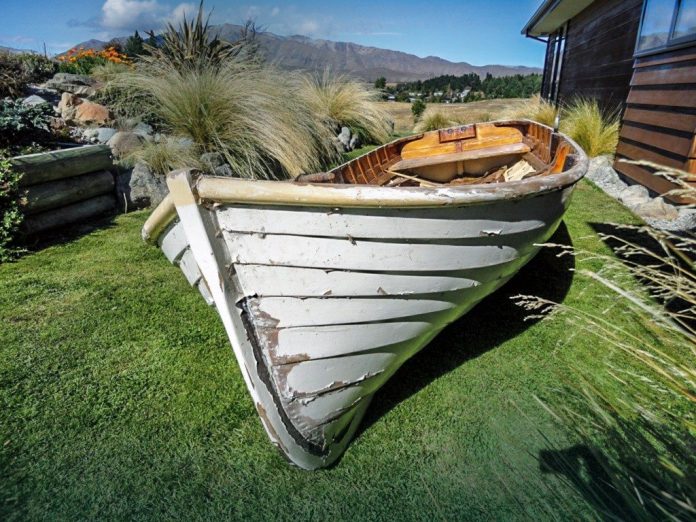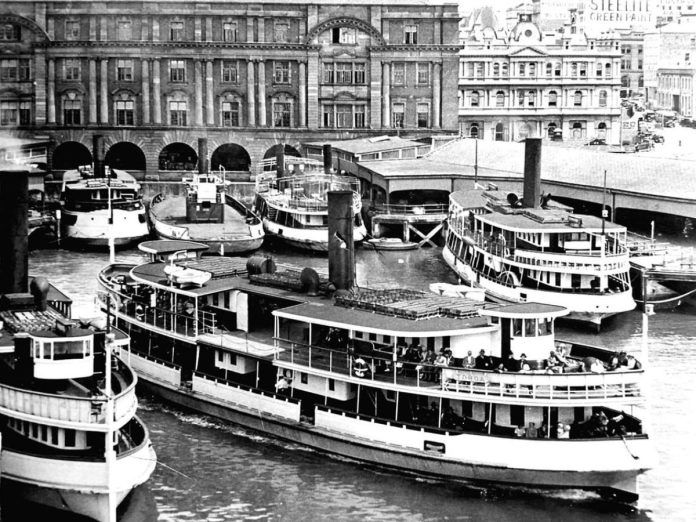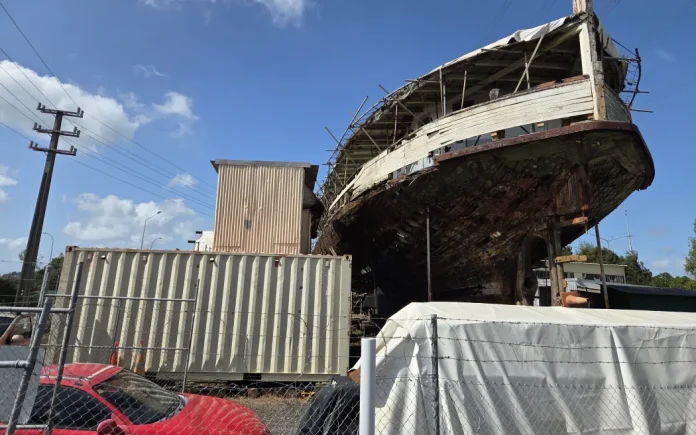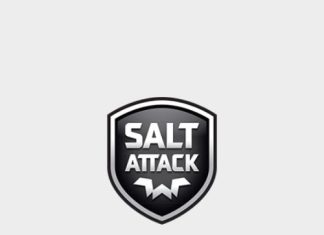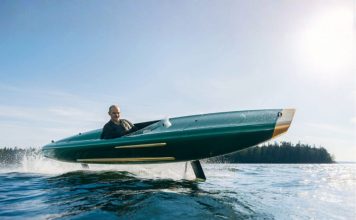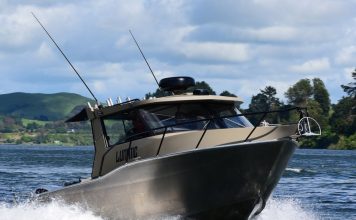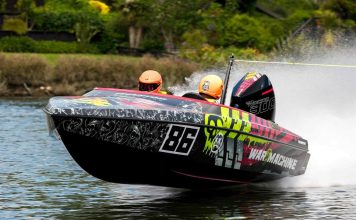The standard maritime distress signals we use today are universally applied and understood, but that wasn’t always the case.
Hopefully most of us in our boating lives have never had to issue a ‘Mayday’ call, but have you ever wondered where this call (and others, like ‘SOS’) come from?
The old, old days…


Prior to wireless communications, mariners had used a wide range of distress signals including semaphore flags, signal flares, bells, and foghorns. However with the invention of radio in the late 1890s, the concept of maritime distress calls quickly took off.
Initially, though, cooperation to standardise these signals was limited by national differences and rivalries between competing radio companies. This confusion led to the first American ship to ever send a wireless distress call, simply sending the signal ‘HELP’…
CQD
Individual businesses were left to develop their own unique practices and in 1904 the Marconi International Marine Communication Company specified that “the call to be given by ships in distress or in any way requiring assistance shall be CQD”. The initials ‘C’ and ‘Q’ were commonly used by telegraph operators as a general call to any ship or land station at the time, and so the ‘D’ was added for ‘Distress’. While this was used worldwide by Marconi operators, ‘CQD’ was never adopted as an international standard, since it could be mistaken for a more general ‘CD’ call in areas of poor reception.

SOS
At the first International Radiotelegraphic Convention, held in Berlin in 1906, Germany’s Notzeichen (three-dots three-dashes three-dots) was adopted by many as the international distress signal, as it was easy to send and for the recipient to make out.
The first ships to have officially transmitted an SOS distress call were the Cunard ocean liner RMS Slavonia on 10 June 1909 in the Azores and the steamer SS Arapahoe on 11 August 1909 while off the North Carolina coast of the US.
The Titanic
Sadly, due to inter-company rivalry, there was still resistance among Marconi operators to adopt the new SOS signal. On 15 April 1912, RMS Titanic radio operator (and Marconi team member) Jack Phillips initially sent CQD, which was still commonly used by British ships at that stage. Harold Bride, the junior radio operator, suggested using SOS, saying as a joke “it might be his last chance to use the new code”. Phillips then began to alternate between the two, but sadly perished in the sinking.

Mayday
As technology developed, the need for a spoken distress phrase was required, and came to us through Frederick Mockford, Officer-In-Charge of Radio at Croydon Airport in the UK. Mockford was requested to come up with a word that would quickly indicate distress and would be easily understood in an emergency. Since a large amount of the air traffic at the time was between Croydon and Le Bourget Airport in Paris, he suggested the term ‘Mayday’ from the French m’aidez (‘help me’), which was then was adopted as the spoken equivalent of SOS at the International Radio Convention of 1927.
Pan-Pan
The signal ‘Pan-Pan’ (from the French word panne, which means failure or breakdown) was created to declare to potential rescuers that an urgent problem exists, but for the time being, does not pose an immediate danger to anyone’s life or to the vessel itself. This is very different to a Mayday call which requests all available ships to drop all other activities and immediately begin a rescue.

Learn the calls
As responsible boaties, we should all be familiar with how to send clear emergency messages, as well as ensuring our vessel call sign is easily visible beside the radio. Spending some time now to refresh yourself may in the future make the difference between a very good or a very bad day at sea.










